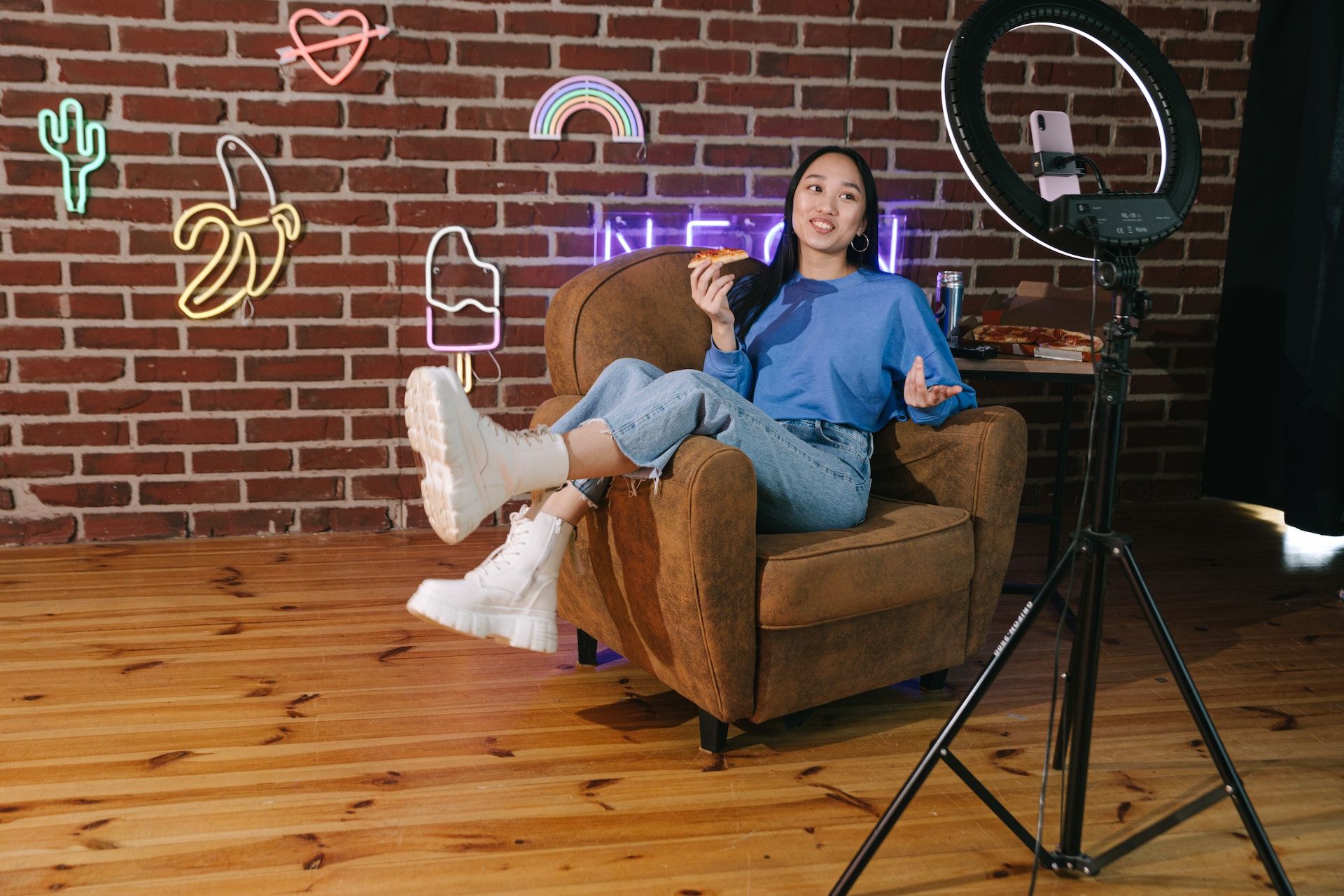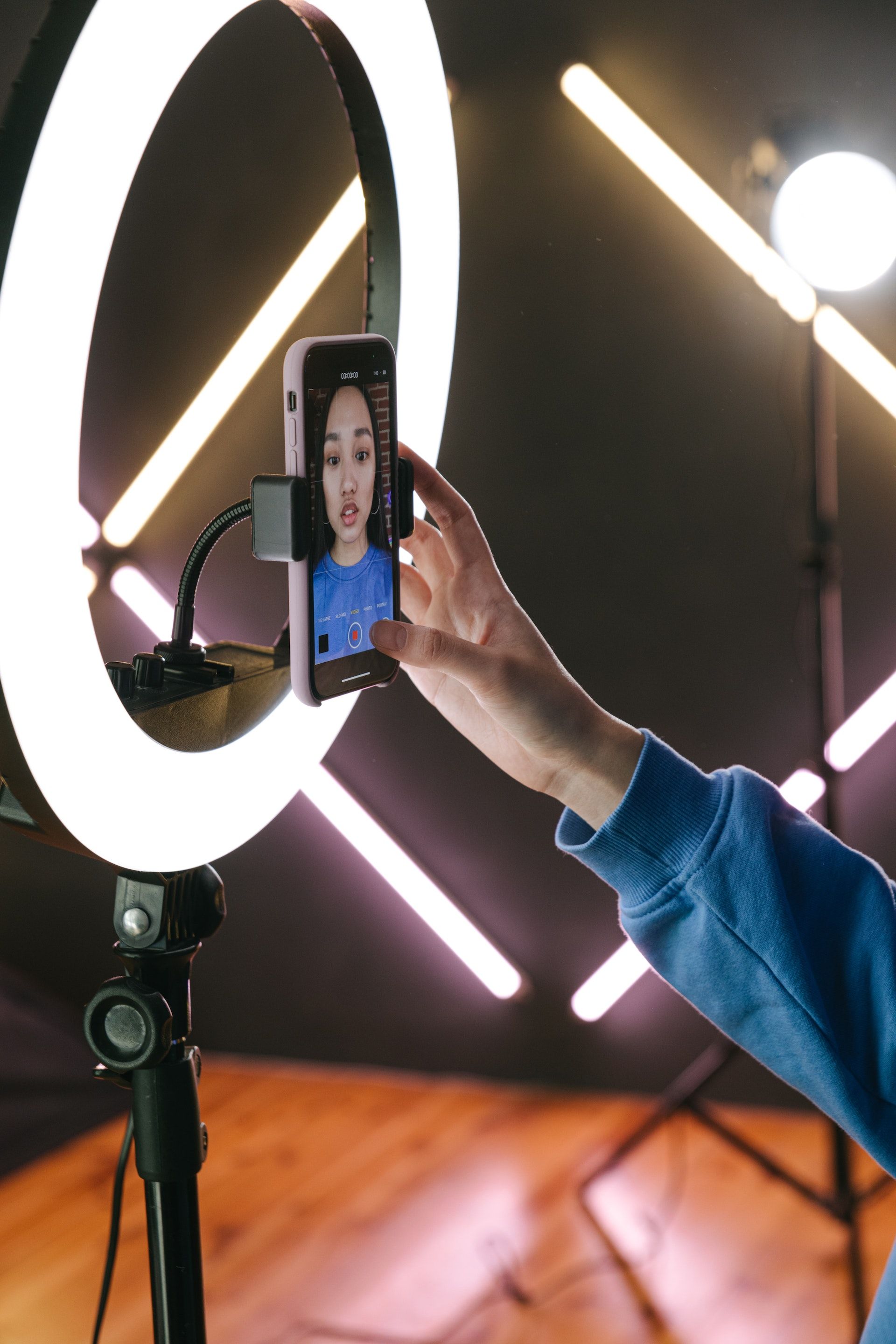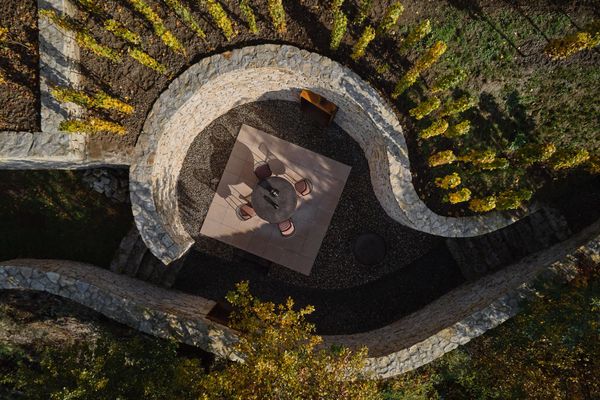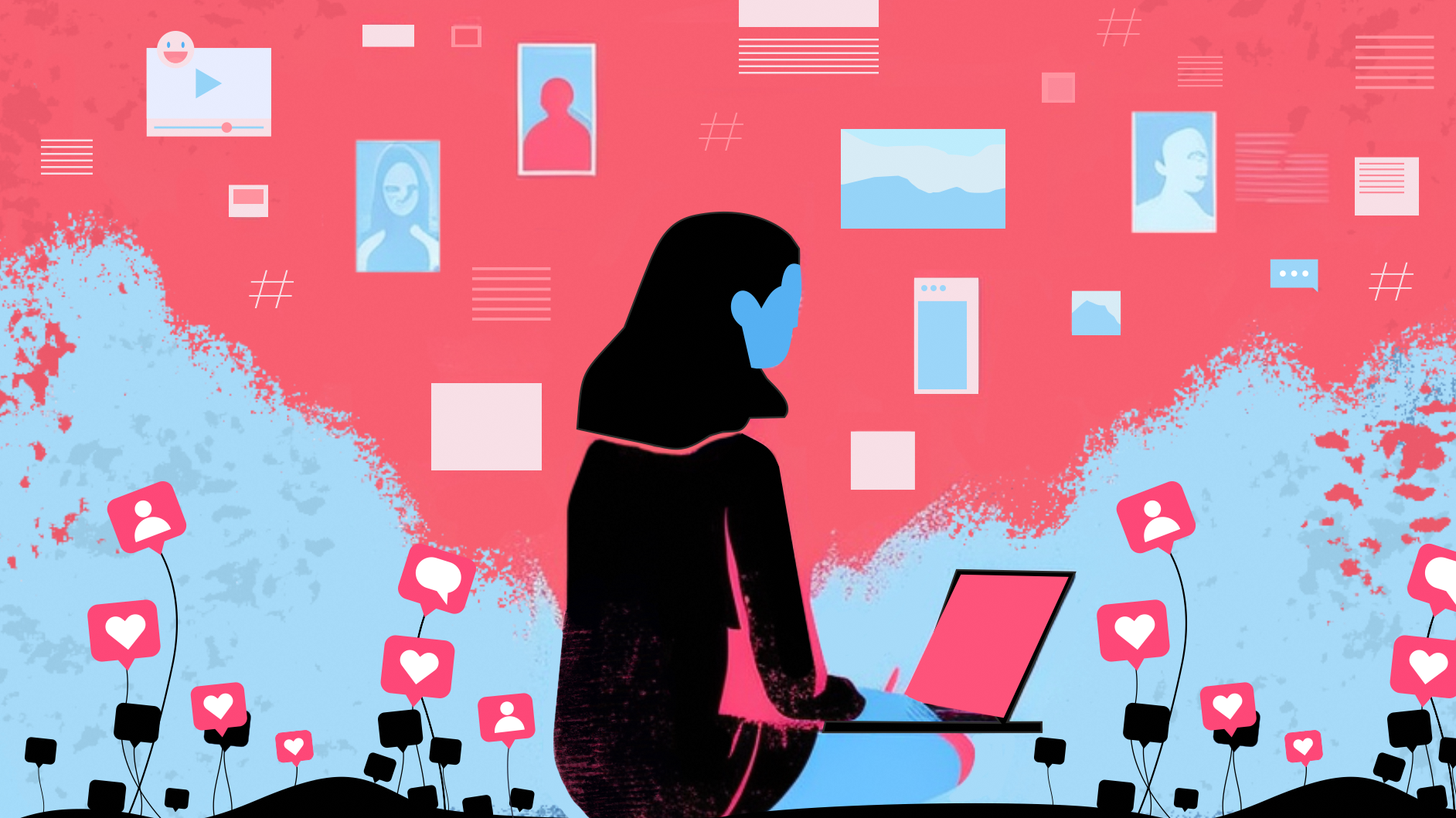De-influencing is a small step against overconsumption but a big step for the influencer culture.
Everyone is now familiar with the controversial influencer phenomenon: many people condemn social media personalities with many followers who advertise various products and make a lot of money seemingly easily. On the other hand, some are more lenient and accept that the world is changing, and the TV commercials are replaced by „because so many of you asked” type of videos. But one thing is hard to disagree with: the influencer culture generates consumption, leading to many societal problems. And the de-influencer trend is trying to find an effective response to that.
We should first delve deeply into the world of influencers to understand the de-influencing trend. Influencers are usually young people with many followers on social media platforms who can get involved in brands’ marketing strategies by simply promoting and endorsing products on their channels. And, of course, not for free. The deal seems to be a win-win: companies reach their target audience through social media personalities, the influencers earn a lot of money, and the followers can get to know many brand-new, interesting products. But what is wrong with this phenomenon?
Influencers do not come from the devil, but we should be critical about what we see on social media daily. Critics of influencers often say it is problematic that they very easily make much money and also get many products for free. This view might be a bit extreme, but, indeed, many hard-working internet users who struggle with finances in their daily lives may feel frustrated and uncomfortable when seeing the seemingly carefree and perfect lives of influencers on social media.

Those influencers may become especially unpopular, whose activities are limited to advertising and promoting consumption without adding any value or addressing important social issues. Without any positive impact, the public may understandably feel that the influencer’s activity is self-serving and inauthentic, and the question may arise: does such a person’s activity differ from a TV commercial if it has no added value beyond persuading the audience to buy products?
Of course, the above example is quite extreme: many influencers are trying to talk about social issues, and many can present themselves in a relatively genuine way in the not-so-authentic world of social media. Still, it must be acknowledged that an influencer is an influencer because of the massive promotion of consumption. We live in a world where overconsumption and overproduction cause massive, probably irreversible, environmental damage, and social inequalities are clearly widening. Moreover, entire generations are growing up in a frenzy of overconsumption, associating their own worth and dignity with their material possessions. Do we really need influencers in such a world?

In reality, the plight may not be that dramatic, and influencers shall not immediately disappear. Still, awareness and modesty must play a bigger role. For instance, it shall be eradicated from our collective consciousness that the norm is that we have to own fifteen winter coats and forty lipsticks. We should be aware that it is not normal; it is extreme. Today such a shift seems somewhat utopian, but it does not mean that we should accept the presence of overconsumption. De-influencing offers a suitable approach.
@livvvmarkley I I could talk about so many products I’ve tried and didn’t like. Let me know if I should make this a series. #QuakerPregrain #skincareyoudontneed #deinfluencing #skincare #skintok
♬ original sound - sped up sounds
As the name already suggests, this phenomenon is in some way the opposite of the influencer culture: In practice, social media users, not necessarily with many followers, upload videos about products, such as cosmetics, that they strongly do not recommend to purchase. The product may be of poor quality or too expensive for its price, but de-influencing is a sincere activity as nobody gets any financial benefits from it. The declared or undeclared aim of de-influencing is to protect social media users from wasting money on useless or unnecessary products, which they probably would have regretted buying anyway. At a societal level, this trend may be able to educate young people, who dominate social networking sites, to make more thoughtful purchases and reduce irrational consumption. De-influencing also mocks the rampant influencer culture, offering a lesson to influencers to reflect and encouraging them to use their power on the platforms in a more judicious way.
@zsebcica dont buy these yall🥲 #fypシ #nekedbe #pusztuljonforyouba #makeup #deinfluencing #smink
♬ original sound - dettus
So, de-influencers discourage shopping, often acknowledging their own bad spending habits but offering an opportunity to us to learn from their mistakes. The feeling when we see a familiar face on our phones getting excited about a new perfume or eyeshadow palette is familiar to many of us. And we want to experience the same kind of satisfaction immediately. But de-influencing videos offer the unvarnished reality that a lip balm may not be worth €30. From a consumer, moral, and environmental perspective, the trend is definitely a positive one. Still, companies and „traditional” influencers should not be afraid; we have no illusions; de-influencing will not ruin their business. It is virtually impossible that society will experience a sudden collective realization and abandon all forms of overconsumption.
Graphics: Réka Pisla

Mythical spirits and being at home around the world—interview with jewelry designer Elvira Golombosi

Fibonacci patio hidden among vineyards










